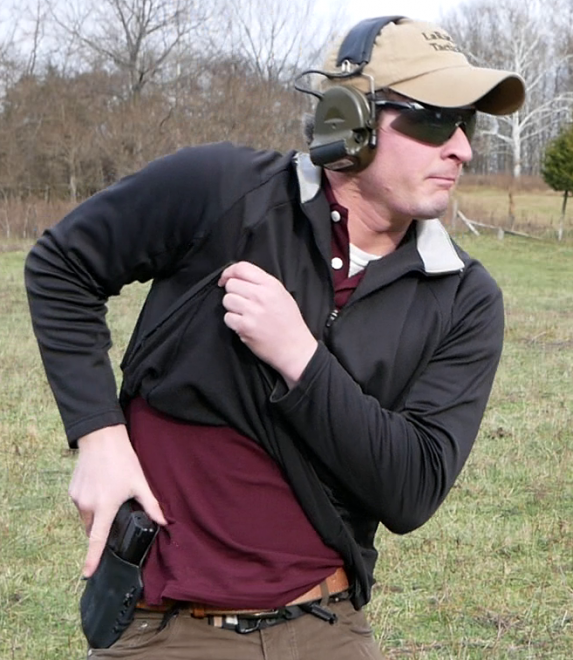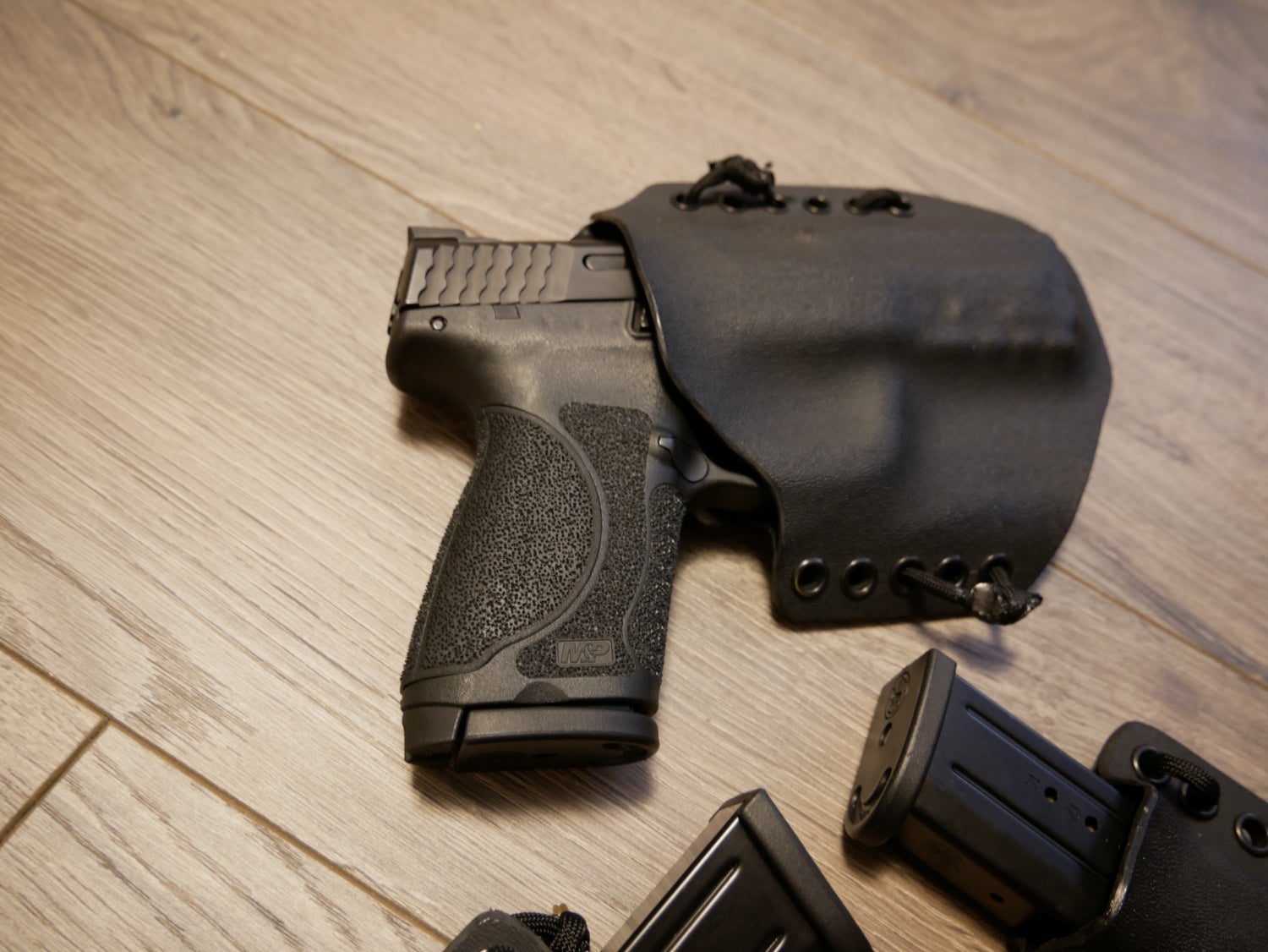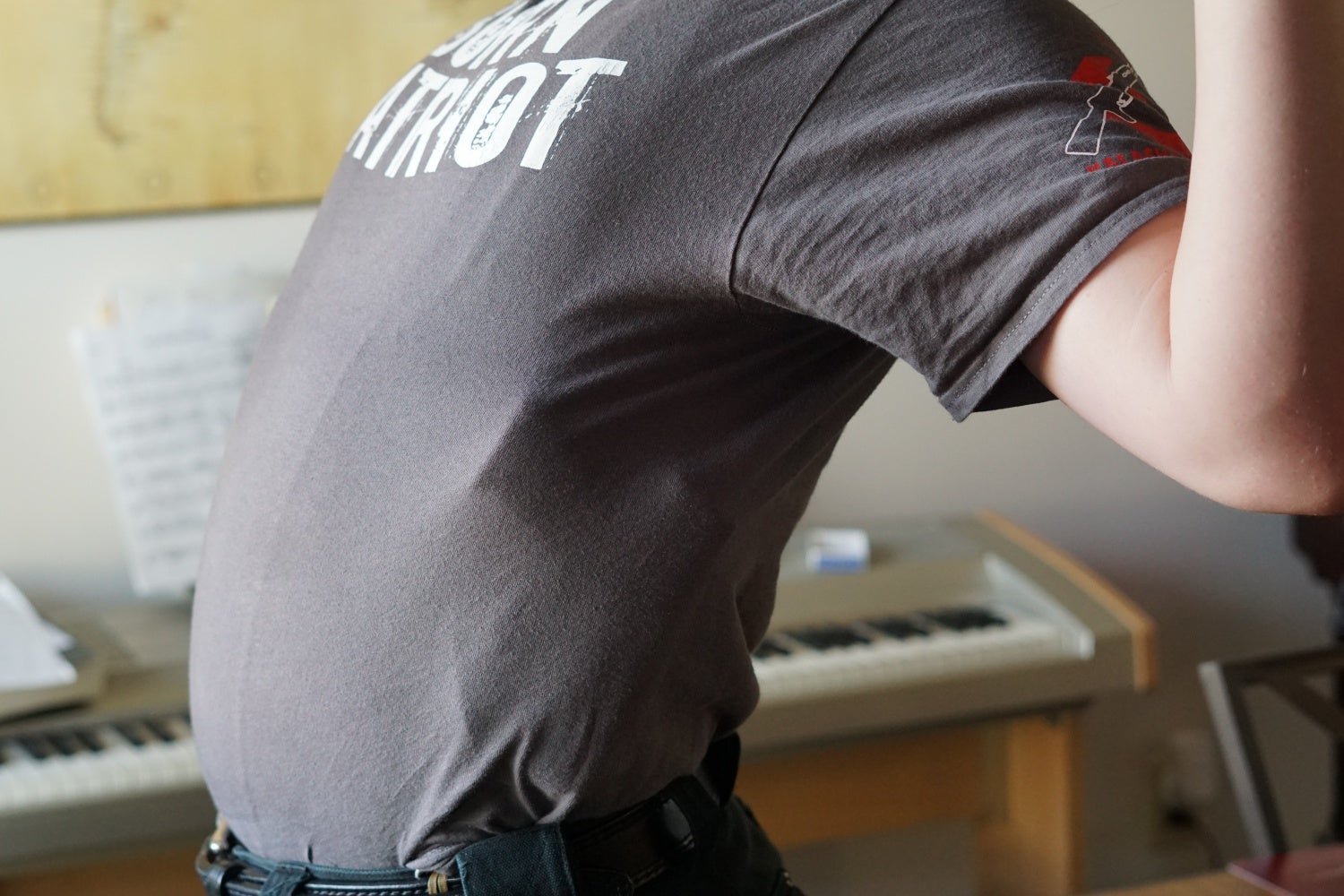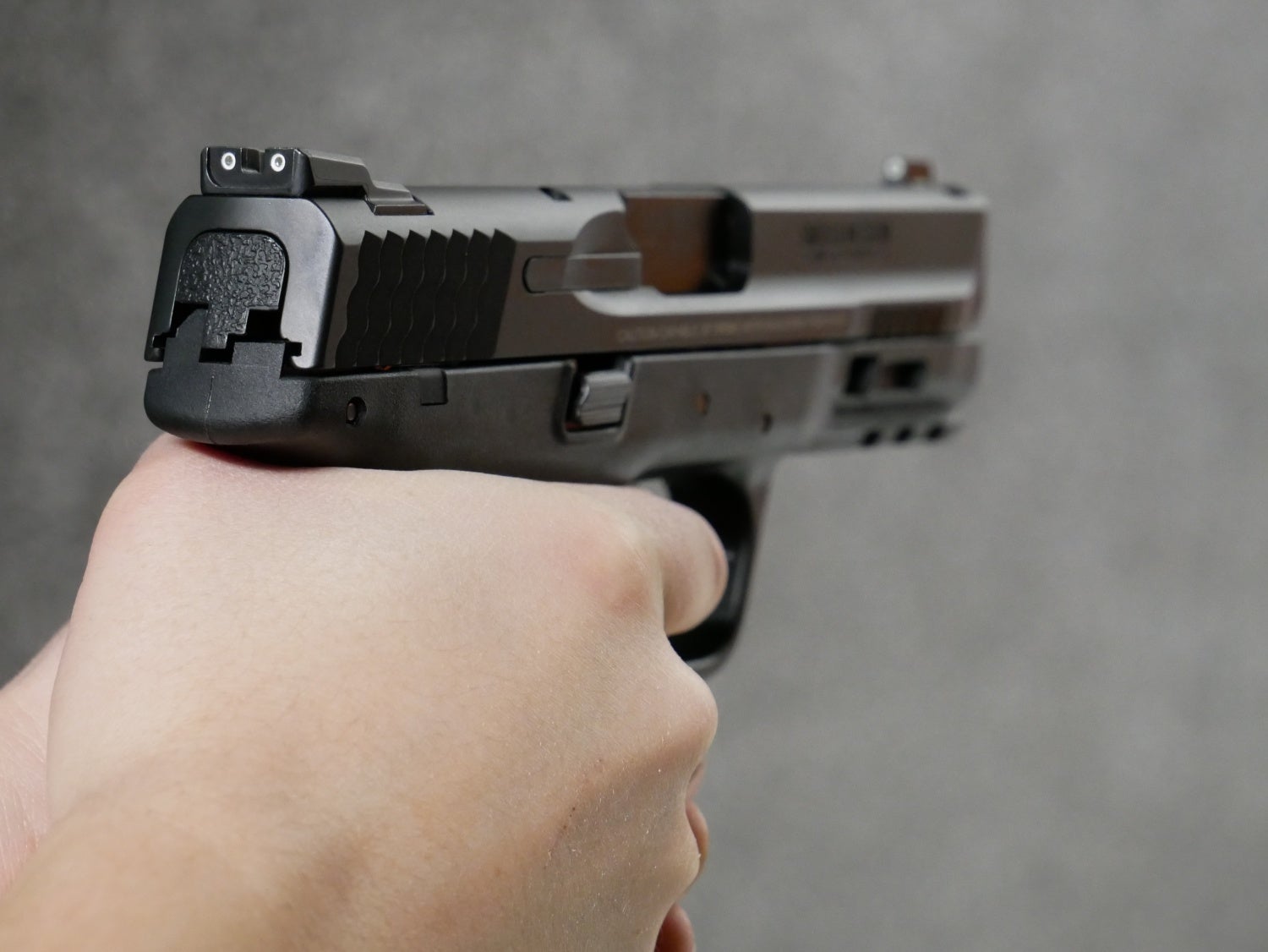We’ve covered a number of products and some techniques when it comes to concealed carry at TFB, but something that I think is important are certain methods and practices that make carrying a concealed firearm safer and more efficient. The following are several points that I’ve come up with in my personal experience that I know for certain have helped me, and I hope they can help readers in their quest to be a more well rounded and responsible armed citizen. By no means is this list exhaustive, definite, or might not even work for certain folks. I myself am constantly changing techniques, strategies, products, etc… And by all means, if you have found things that work for you, please share it in the comments section, or critique what I have here.
Holster Requirements
Probably the biggest worry of any concealed carrier, I won’t go too much in depth here because entire articles and books could be written about this very subject. However, I will mention a few important characteristics that I find extremely important in a CCW holster. First and foremost it must be conducive to safe firearms handling. It must completely encapsulate the trigger guard, whether this be a minimal Kydex design or a standard IWB holster. This is so important when it comes to proper firearms safety because of anything that can become entangled in the trigger guard. Retention is the next important consideration. Does it retain the firearm well? Will the firearm completely drop free if for example you are turned upside down while working on something? Some holsters such as traditional IWB setups with leather or nylon backings require constant pressure from your body to actively retain a firearm. For some people, this works, but for others this introduces a variable that could change over time, taking away from retention.
Placement is a personal choice, whether one prefers Appendix Carry or a traditional side carry. Both have advantages and disadvantages. However, I will state that carrying small of the back is a poor choice for a number of reasons. First and foremost is personal safety. There have been recorded examples of people landing on their back and their handguns causing severe damage to their spinal cord. Second, you don’t have any visual control over whether or not your handgun is printing, or even being completely exposed, which in a worst-case scenario could lead to another person being able to commandeer your handgun from you. You also don’t have the visual ability to holster properly. If as an armed citizen you have to use your firearm for self-defense, there should be no need to readily holster. Either the threat is no longer present and you can calmly holster your firearm, or you are surrendering your firearm to Law Enforcement. You aren’t running after a bad guy, needing to holster your handgun quickly so you can vault over a chain link fence like in the movies. It is called self-defense for a reason, not self-offense.
In the CCW world, IWB holsters reign supreme. However, realize that at the end of the day, having the ability to quickly draw a handgun remains first and foremost above either an IWB or OWB holster choice. There are situations where a tight-fitting index holster works perfectly fine underneath a simple T-shirt. Especially in the colder months, an OWB is a much better option than an IWB hidden away underneath multiple layers of coats, warming layers, etc…
Is your firearm your only option? Or is it one of many options?
I’ve ran into people who have this idea that by simply carrying a firearm, or having it around solves any potential problems they are running into. Your firearm has to be one option in a complex world, and cannot be seen as an “End all”. Do you have a less lethal option? What about a flashlight? Can you see in the dark? What about medical equipment? The chances of getting into a wreck and needing a tourniquet or other medial gear are much larger than defending yourself with a firearm. At home, do you have dusk to dawn lights? Video cameras? A security system? We can’t all afford to live in Fort Knox, but we can work within our budgets to become safer and more situationally aware both inside and outside our home.
Does your wardrobe fit your gear or does your gear fit your wardrobe?
Obviously, we can’t be always wearing a heavy jacket all the time, even in the summer. But we also might not want to pocket carry with no retention to fit very light clothing. Our wardrobe and gear choices need to be a blend of decisions that compliment each other. They also need to change. As mentioned earlier, sometimes an OWB holster is an excellent option in the winter when jackets are worn all the time. But when those summer months come along, out comes the IWB. Maybe even a holster shirt or ankle holster are necessary for non-permissive environments.
Wearing an outer garment of a dark fabric helps prevent printing or even unnecessary shadowing of a handgun that is inside the waistband. This doesn’t mean you have to wear black shirts all the time. It simply means stick to outer garments other than lighter colors. Green, dark blue, even purple colors as an example help prevent printing through a T-shirt or collared shirt. In addition, by going with a wool or cotton material instead of a silk-like material helps by keeping the shirt over a handgun instead of accidentally getting caught in between the firearm and your undershirt or skin.
Gun belts need to be sturdy enough to safely support the firearm and holster that is attached to them. In some cases, a good belt can serve as additional retention for the firearm because it helps keep it in place on the waistline. An unsupported belt, a cloth designer belt, or really any belt that is usually designed for aesthetic appeal without being sturdy itself is a major detractor when it comes to carrying concealed. The belt also needs to latch together firmly and can’t loosen while conducting daily activities. Some of the older BDU belts had a tendency to do this, so chose wisely.
A Proper CCW Handgun Should be in Condition One
This can be a nerve-racking sensation for first time concealed carriers, and I would honestly recommend someone starting to conceal carry without a round in the chamber for the first several months of carry, get used to the firearm, then begin chambering a round. Tactically this principle is important because as armed citizens we have to understand that violence doesn’t occur on our terms. We are typically “Right of Bang” all the time if armed self-defense becomes necessary. That means we don’t have the luxury of time, space, or proper planning if something should go horribly array. We might even have to fight our way to our own firearm if contact is extremely up close.
 Your Privacy Choices
Your Privacy Choices



